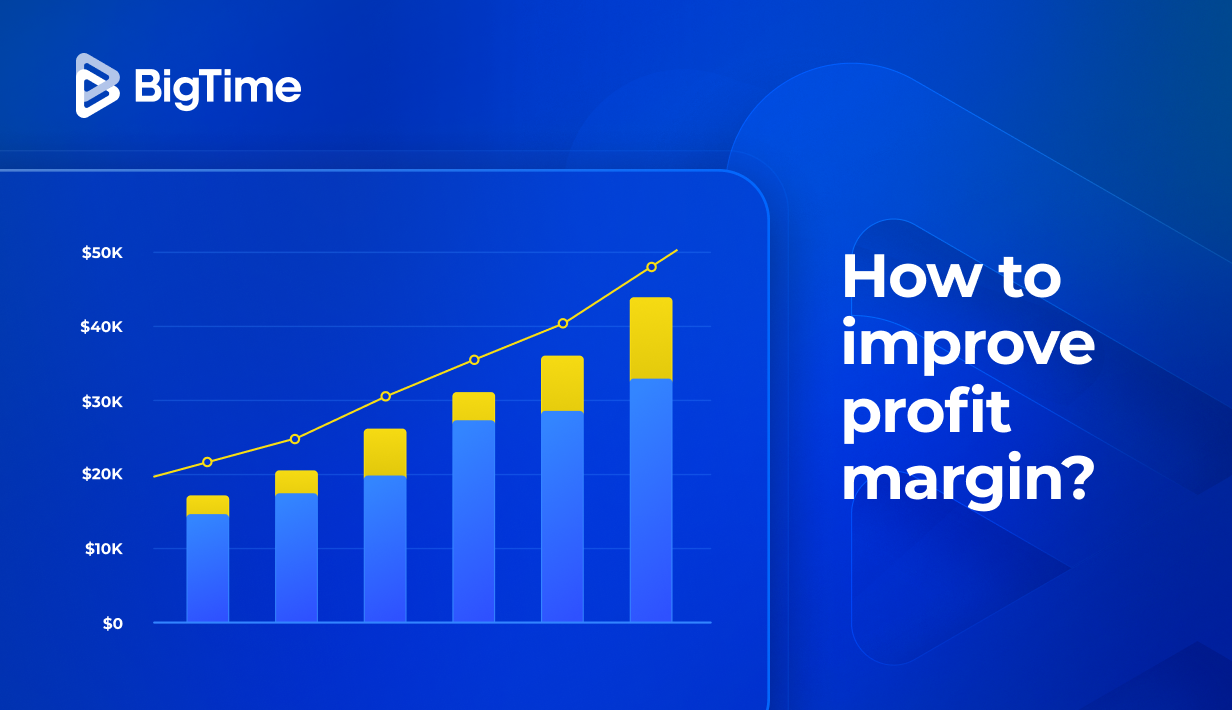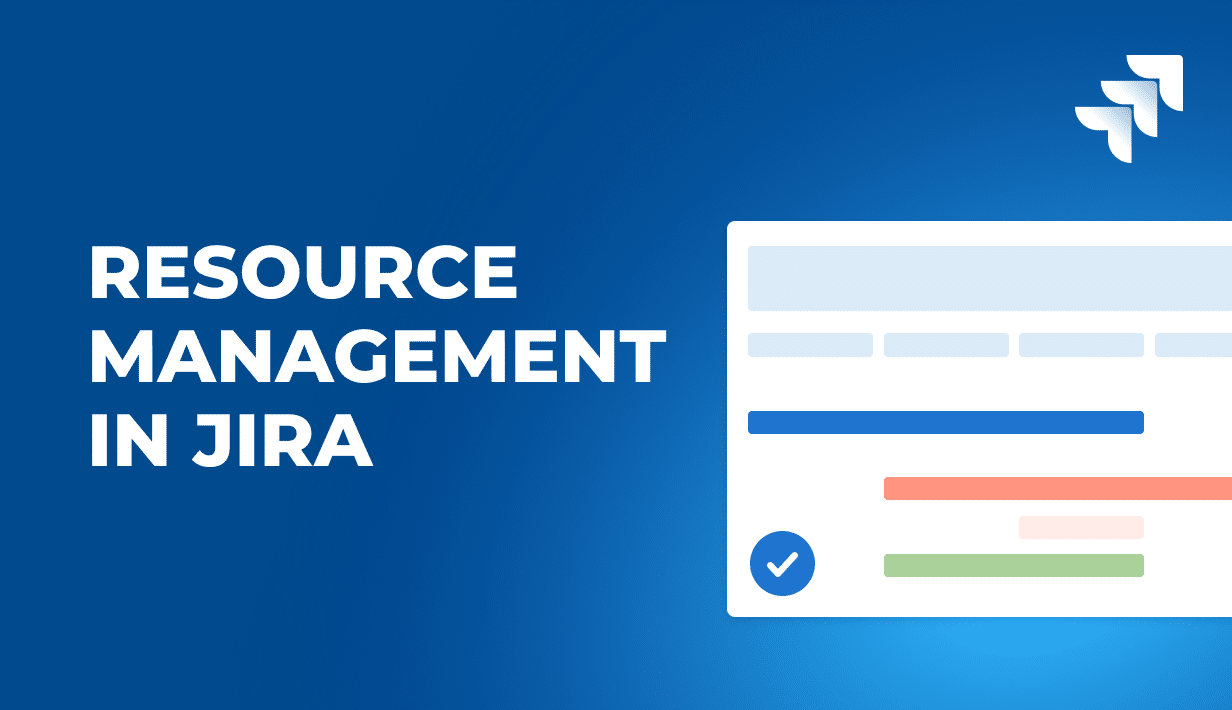How to improve profitability in a business? This is a question that many business owners ask themselves every day. The answer is rarely straightforward; still, there are a few proven methods that can send your net profit margin through the roof. Here are a few of them.
Profitability – definition
Profitability is a metric that measures how successfully a business converts its expenses into profits. As a result, this metric is one of the most popular key performance indicators of businesses’ financial health.
Profitability is commonly calculated by comparing the company’s expenses to its revenue. Typically, it is expressed in a form of a financial ratio to help managers measure the real extent of financial success. Still, to learn how to improve profitability in your business, organizations need to dive a little deeper and add more variables to the equation.
What are the 4 levels of profitability?
Profitability is not an universal term describing the financial performance of the business. In general, experts divide profitability into 4 basic levels:
- Gross profit, or the difference between a company’s income and the costs of goods or services sold.
- Operating profit – Calculated by dividing the operating income (gross profit minus operating and business expenses) by the total revenue, operating profit measures the financial efficiency of a company’s operations.
- Earnings Before Taxes (EBT) – This metric is calculated by subtracting interest expense from operating profit. It is used to estimate the profit margins before taxes.
- Net profit – Calculated by subtracting taxes from EBT, the net profit margin is the final and the most precise profitability metric.
These 4 levels of profitability provide a more detailed view of business success, allowing the managers to monitor the profit growth in more detail.
What are profit margins?
Expressed as a percentage, profit margin is a financial metric that compares a company’s expenses to its revenues, assessing its financial performance in the process.
The basic gross profit margin can be calculated using the following formula:

How to improve gross profit margin?
Improving your gross profit margin is all about maximizing the difference between what you earn and what it costs to deliver your services. The first step is gaining control over the direct costs; these are the expenses tied directly to service delivery, such as employee labor, subcontractors, tools, materials, and vendor relationships.
To do that:
- Start by negotiating better rates with suppliers and contractors. Even small reductions in cost-per-unit or hourly rates can significantly impact your margins over time, especially for high-volume services.
- Optimize service delivery processes to eliminate inefficiencies. Map out the typical workflow for your services and identify tasks that are repeated, delayed, or bottlenecked. Are too many hours spent on rework? Can certain approvals or handoffs be automated or eliminated? Streamlining delivery not only reduces operating costs but often improves turnaround time and customer satisfaction.
- Identify the true cost of delivering the service, including indirect overhead like project management, tools, and non-billable time. Use time tracking and project accounting tools to analyze cost structures and ensure your pricing aligns with both value and effort.
- Review your service portfolio and double down on high-margin offerings. Services that are quick to deliver, in high demand, and require minimal customization often deliver the highest profitability.

How to improve profits in a business?
Raising prices of products or services is not always the best option, as it can deter future and existing customers from choosing your company. Fortunately, increasing profit margins can be achieved with various other methods. Here are a few of them.
Reduce labor costs
Labor costs are one of the largest expenses for professional services firms. Reducing them doesn’t necessarily mean cutting staff; it’s about optimizing how labor is allocated. Start by ensuring that high-value resources are assigned to high-impact tasks. Use forecasting tools to predict staffing needs and avoid overhiring. Outsourcing non-core functions can also reduce your fixed costs while increasing flexibility.
Improve operational efficiency
The majority of professional services companies work on both commercial and internal projects. However, some of them don’t seem to realize that internal work may eat up all the profits generated by projects customers order. Improving operational efficiency can change that.
To improve your company’s profit margin, analyze its financial statements regularly. In this process, you should focus on finding:
- Any unnecessary spending that can be eliminated right away.
- Unknown expenses that should be allocated and evaluated.
- Any operations that were not included in the budget for a department, team, or the entire company (depending on the situation).
- Commercial products or services with small profit margins.
- Any other processes that are responsible for generating additional expenses while bringing in no significant income.
After finding any of the costs above, analyze them thoroughly to determine whether they were really necessary and worth the money. If they are not, it’s time to remove them from future budgets.
Use cost allocation formula for precise financial management
For professional services companies, projects are the main source of income, while the people who complete them are the source of costs. Therefore, you should calculate their profitability not only after they end but also before they start and while in progress.
Still, it’s easier said than done. That’s because projects have to cover not only the costs of working hours and basic equipment but also a fraction of company-wide expenses, such as rent, bills, and operations of support departments, such as marketing and sales. Therefore, finding the most profitable customers with high-profit margins may be a bit tricky; still, a cost allocation formula can help you with that.
Taking all these features into account may drastically change the financial performance of your projects, as well as their profit margin and the state of their cash flow — and that’s what a cost allocation formula is for.
Monitor Resource Utilization
The majority of services companies profit from their employees’ time. However, in some cases, it is not used to the maximum extent, generating less money than expected. Monitoring utilization can help you prevent that from happening.
How to Calculate Utilization
To calculate utilization rates per employee, you simply need to divide the time they will spend on billable projects by the maximum number of hours in a given period they will be at work.
It’s important to note that the most desirable utilization rate may differ depending on the employee’s seniority. For example, a junior specialist should be busy 95% of the working time, as he typically works on a single project that requires no further action to be processed.
A senior employee, on the other hand, should have a utilization rate of around 50-65%, as, apart from his main responsibilities, he also takes part in a variety of additional activities, including meetings with the customer, workshops, and internal activities.
How to Monitor Utilization
While we all strive to improve utilization rates, sometimes it’s not what we expect it to be. What can a manager do to change that?
First of all, the number of non-billable activities should be verified. While breaks and meetings are necessary, some activities should be omitted, as they do not generate profits for the company and its customers. Remember that every hour of work costs money, while only the billable hours generate profits.
Secondly, plan and monitor the workload. Use dedicated tools to be as precise as possible, avoid schedule conflicts, and spot idle employees before they become a source of additional costs rather than generating profit.
Last but not least, reduce the number of benched employees. They still need to be paid, but they will only generate profits when assigned to the project.
Can I forecast utilization?
Yes, of course!
Using , you can plan your work, monitor its progress, and see when projects end. As a result, in cooperation with the sales department, you can start looking for new projects before your company’s bench becomes crowded. You can also use the same tools to find inefficient employees or simply people who would be much more profitable elsewhere.
Keep an eye on project budgets
All project managers and executives know that every project, team, department, and the whole company needs to have a budget. However, some of them often forget that the budget should not be another document that gathers dust. Budgets should be monitored, evaluated, and changed when necessary.
To gain better control of your cash flow and improve business profitability as a result, you should:
- Start time tracking for your projects. Usually, tracked time is what generates the majority of costs in projects. Track time and use the hourly rates and salaries to determine the actual cost of work in real time.
- Include overhead costs in budgets. Both one-time spending, such as new equipment and raw materials, and recurring costs, such as subscriptions, should be included in the budget. Without them, you may be under the impression that your operating expenses are lower than they actually are.
- Monitor changes in the budget. As the project goes on, work costs and other expenses may rise, and quality control may go down. These changes might include rising costs of services, raw materials, or subscribtions you use on a daily basis. Use the time tracking and budgeting combination to keep track of these changes and react whenever a sharp spike in costs appears.

Monitor changing market demands
Services companies are subject to constant changes. Still, you cannot let your company be surprised time after time when these changes appear. You need to prepare for the future to increase profitability — and that’s what market research is all about.
The aim of market research is to help project managers and executives get an idea of what customers want now, how their needs change, what they may want in the future, and which new markets may be interested in their product category. In other words, a simple survey or report can help you see how your products and services may improve to attract new customers and increase profitability.
Improve employee satisfaction
If you have ever had any contact with HR specialists, you certainly know that hiring a new specialist is not only a burden but also a very costly endeavor. That is why you can improve profitability in your company by ensuring the lowest possible turnover rates.
Sufficient wages, high-end employee training, a friendly environment, and rewarding responsibilities are key to attracting new employees and convincing the existing ones to stay with the company longer. All these things are also valuable from a business perspective as they allow you to save money on hiring and they improve profitability by increasing the value of employees’ work.
Eliminate unnecessary expenses
Is the new coffee machine really necessary? And what about that new tool — do we really need another platform for graphic design? Additionally, attending a certain conference could be worth the money… Increasing profitability may be all about eliminating such factors, as their perceived value may be higher than it is in reality.
Find and acquire profitable projects
Not all projects are created equal — some of them may simply be more profitable than others. Your objective is simple: to find them and make sure there are more of them.
By analyzing the financial condition of all your projects, you can see exactly which ones are the most profitable and which ones turned out to be less than satisfactory. By looking at such a summary, you can boost your company’s profitability by determining the types of projects that tend to perform best and focusing on acquiring them in the future and eliminating products or services that other businesses have gotten rid of years before.
Boost productivity
Reducing costs, of course, makes sense for increasing profitability, but it’s not the only way to create profitable products or make your projects cost-effective. In the professional services industry, people’s skills and work are the main source of profit. Therefore, boosting productivity is the easiest way to improve profitability.
To do that, you need to:
- Realistically plan people’s capacity. Only around 80% of a specialist’s capacity should be assigned to a project. The rest of the time will be spent on organization, breaks, and meetings anyway.
- Monitor billable and non-billable hours. Some employees may simply waste their time on internal projects while they could be making you money on commercial ones. Make sure that is not the case.
- Avoid overtime and benches. While sometimes inevitable, overtime and benches have a huge negative impact on people’s motivation and productivity. Therefore, make sure such problems occur in the project schedule as rarely as possible.
- Avoid schedule conflicts. Due to mistakes or lack of staff, some specialists may find themselves assigned to two or more projects — and they won’t be able to do that much work. Avoid schedule conflicts to boost their productivity and reduce direct costs in your projects.
- Streamline repetitive tasks. If your production processes contain tasks that remain unchanged regardless of the project, create templates or fixed processes that can speed up project execution.
Improve and perfect financial strategies with BigTime
Improving profitability is an ongoing process – one that requires visibility, control, and agility. With BigTime, you can take full advantage of advanced time tracking, project cost management, resource planning, and real-time reporting tools to gain the insight you need to boost your profit margins consistently.
In BigTime, you can monitor your pricing strategies every step of the way – from project budget estimates to the final invoices – and make the best possible financial decisions based on accurate data. It’s that simple.
Book a demo with BigTime or start a trial to see what else we can do for you!



